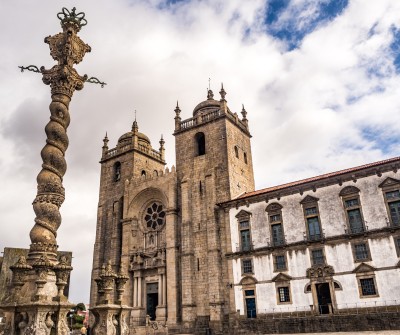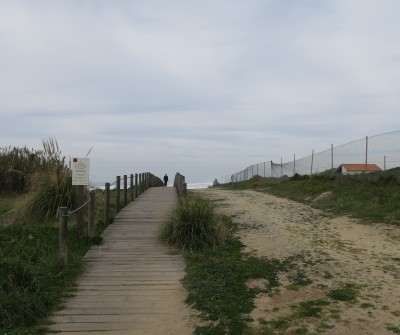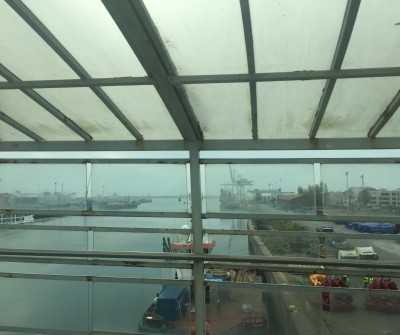The Portuguese Way along the Coast runs, as its name indicates, along the coast. The river Douro (Duero) and the beaches bathed in the Atlantic will be our inseparable companions in this first stage that will allow us to go from Porto to Labruge
READ MORE.
The coastal variant of the Portuguese Way from Porto starts
at Sé, the city's cathedral. From the top we will be able to contemplate the
views of the city before descending through the streets of the historic center
to Ribeira do Douro, at the foot of the Don Luís I bridge.
The first kilometers will be especially beautiful for the
pilgrim, who will have to travel the entire bank of the Douro towards its
mouth. It will be almost a 6-kilometer walk until we reach Foz de Douro and
meet again with the Atlantic.
Another pleasant walk along the sea will take us to
Matosinhos. Five kilometers dotted with popular beaches until you reach the Sao
Francisco Xavier fort, better known as Castelo do Queijo.
After crossing the large roundabout that welcomes us to
Matosinhos, we continue and cross the drawbridge over the port of Leixões. And
so we entered Leça da Palmeira, one of the best-known neighborhoods in
Matosinhos for the imprint that the renowned architect Álvaro Siza - a native
of this Portuguese town - left on it.
The section of the Portuguese Way that runs through Leça da
Palmeira will be very pleasant for the pilgrim. The first steps will run along
the promenade designed by Siza himself, where you can also enjoy the Mareas
pool, also the work of Siza, and the Farol da Boa Nova which, with its 46
meters, is the second largest lighthouse. high of Portugal. Next to the
lighthouse we will find another of Siza's works: the House of Chá da Boa Nova,
declared a National Monument.
From here, the pilgrim can go to Aldeia Nova literally
attached to the coastline through the walkways placed along the successive
beaches.
If you wish, you can also choose to continue along the promenade, a
route that bicigrinos must follow.
From Aldeia Nova we will continue close to the sea to Praia
de Angeiras and, later, to Praia de Labruge. The tour will combine the
footbridges of the sandy areas and the firm of the promenade, so we can enjoy
the company of the Atlantic at all times.
In Labruge, the pilgrim has a hostel, which is located in
the center of the town. When you arrive at Labruge beach, you will only have to
continue 900 meters along Avenida da Libertade and follow the indications.
After traveling these first 25 kilometers of the Portuguese
Way of the Coast, the pilgrim will be able to rest calmly strolling along the
beach or taking a bath in the Atlantic. Labruge has many services, restaurants
and accommodation.


 Filter
Filter



